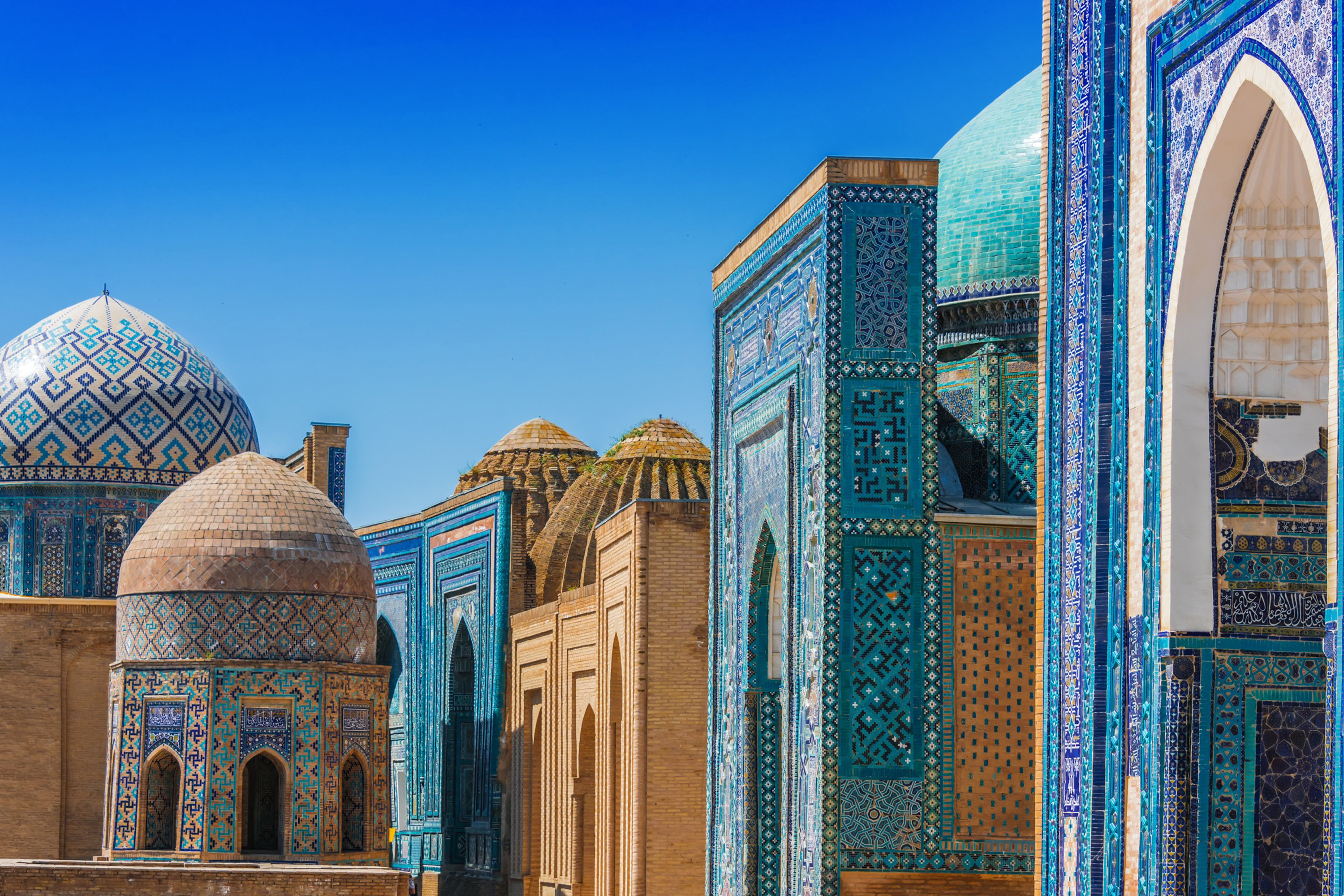-
Home
- Home Hector Ponce
- Hector Ponce

Hector Ponce
"I was born in 1973 in Guatemala City. When I was a boy, my family and I spent time in Coban, where I was fascinated by the region's traditional apparel. My maternal grandmother collected them in her home. Their textures and colors inspired me as a child. <br><br>
"My parents aren't artists, although my mother enjoyed working in macrame and wood-burning. But this also influenced me to become a craftsperson. <br><br>
"I've always liked the graphic arts, especially those linked to the Maya, as we lived for a time inside the Tikal National Park. In college, I discovered the industrial arts, and these led me to study architecture at first. But I eventually graduated in industrial arts after all.
"I remember my first design. It was a set of screens with bamboo frames with Guatemala's traditional <i>jaspe</i> cloth, a kind of ikat weave.
"I've worked as a designer of handicrafts since the mid-1990s, both of my own works and those of others. I've done consulting, I've taught, and I've been involved in marketing our beautiful crafts, and this has let me work in different parts of Guatemala as well as in other countries. <br><br>
"During 2020 and 2021, like most entrepreneurs in Guatemala, we suffered due to the pandemic. Although we haven't recovered 100 percent, crafts were an alternative during a tough time. My own illness motivated me to design and create new models, after several years without innovations. <br><br>
"I can also say that, at the beginning, when I traveled through the country in 1996, this was an experience of personal discovery. I think it was the best opportunity to see the reality of my country, which I was unfamiliar with. So this opened my mind. <br><br>
"I find inspiration in syncretisms adaptable to Guatemalan handicrafts. I think the most important part of the creative process is understanding the market trends, both here in the country as well as the international markets, and interpreting them. This is so we can adapt them to our art and crafts, without losing their Guatemalan essence. This is a real challenge and dilemma because, if we don't get it right, we run the risk of converting a valuable art into a hobby. The colors, textures and elements of the natural world around us are sources of inspiration that shows us the way to designing objects with ethnic, ethical, aesthetic and financial values. <br><br>
"I want you to know that our art strives to be a focal point for development that links design with the history of Guatemala. We want our work to be an invitation to become acquainted with our millenary culture that surrounds us every day." <br><br>
Hector Ponce's work has received numerous awards throughout Guatemala as well as in Brazil and in Spain.







